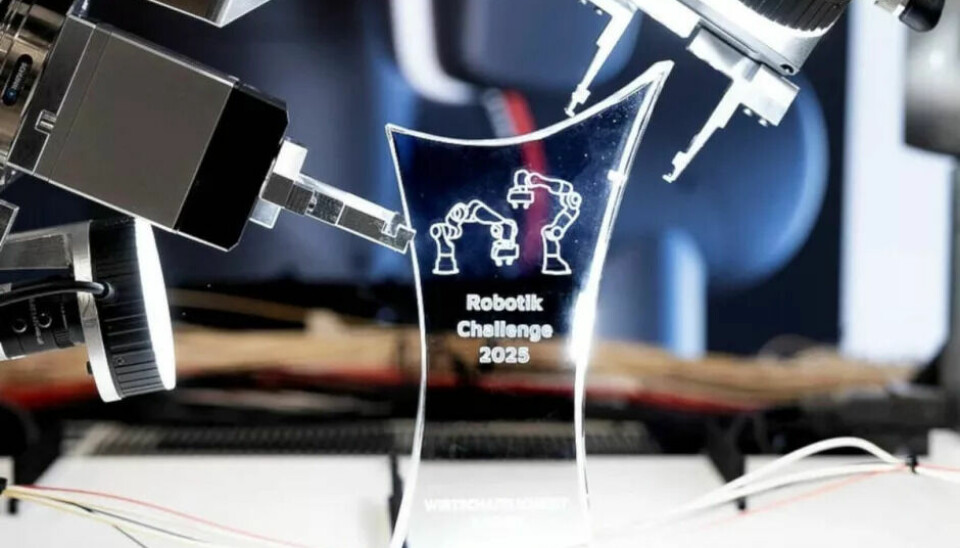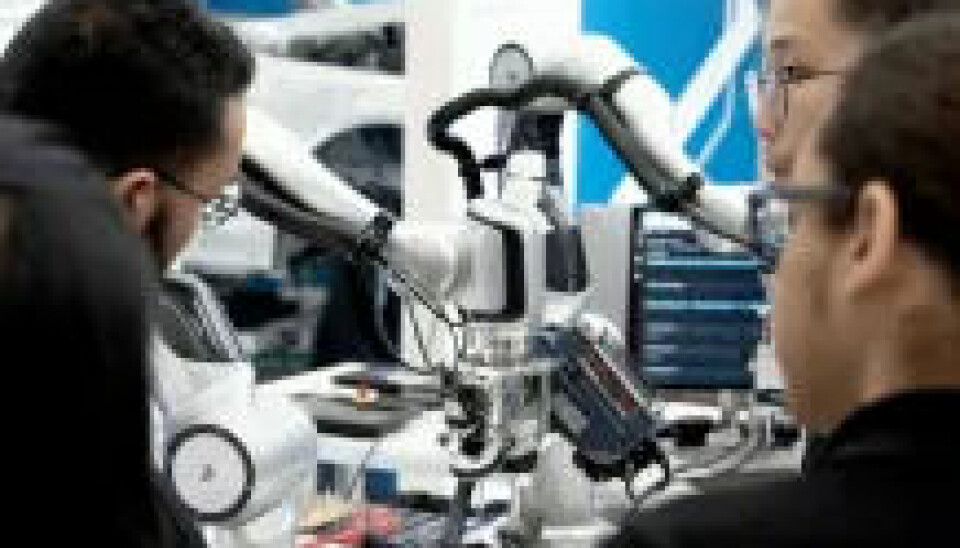Robotics Challenge 2025
Agile Robots solves task fastest and most economically

At this year's Robotics Challenge, Agile Robots impressively demonstrated what modern automation can achieve. The company completed the complex task of automated processing of partial wiring harnesses in just 2:25 minutes.
This year's robotics challenge, announced by the transformation hub Leitungssatz, aimed at the automated production of partial wiring harnesses. This is an area of automotive manufacturing that has hardly been automated to date. The reason is the high complexity - many robots fail due to the required dexterity and precision needed for handling and placing the flexible cables.
The challenge requires inserting five wires, ranging from 0.13 to 1.5 mm², into four different connectors. For this, among other things, nano-MQS contacts (miniaturized qualified connectors), low cross-section wires, connectors, and cable ties are to be used.
The solution
Already in the early planning phase for the challenge, the company focused on later industrial use. The goal was to create a solution characterized by high speed, precision, and easy integration into real-world scenarios.

Therefore, Agile Robots decided on a solution that combines various technologies and disciplines. In the hardware sector, among other things, two highly precise, seven-axis Diana-7 robots, two 2D camera systems with ring light, as well as force-moment sensors, a cable tie tool, and several magnetic closures are used.
The software platform AgileCore is used as the software, which takes over the programming, control, and monitoring of the entire manufacturing process. During the process, it synchronizes the robots, supports the connection of external systems, abstracts the hardware, and facilitates programming. The process is supported by advanced AI solutions, including intelligent image processing algorithms.
The process flow
The challenge begins with the Diana-7 robots simultaneously gripping the cable ends and guiding them through cable fixations. Previously, the table on which they are mounted was delivered by the driverless transport vehicle ConTrax-Module One from Bär Automation. Then, the crimp is precisely aligned and accurately inserted into the connector using the 2D camera, which is supported by AI-assisted image processing algorithms.
The force-moment sensor measures the acting forces to minimize friction forces and avoid potential damage to the crimp. Finally, the sensor verifies the final position of the crimps. Once all crimps are positioned in the connector, the secondary lock automatically closes through a magnetic mechanism. Then, one robot places the connectors into a housing, while the other attaches a total of five cable ties to the partial wiring harness. The entire process takes only an astonishing 2:25 minutes.
Holistic automation
The new solution of the robotics challenge turned out to be a complete success for Agile Robots: In the end, the company was the only one to master the challenge well below the target value of 3 minutes - and with impressive precision. This award also underscores the company's holistic approach: As a provider of automation technologies, the company masters the entire technology stack and combines advanced AI, powerful software, and highly developed robotic arms for customized applications.
Agile Robots now plans to use the insights and results gained from the robotics challenge in the automotive industry, among other areas. Cable assemblers who followed the challenge live at the ARENA2036 research campus in Stuttgart have already expressed great interest.